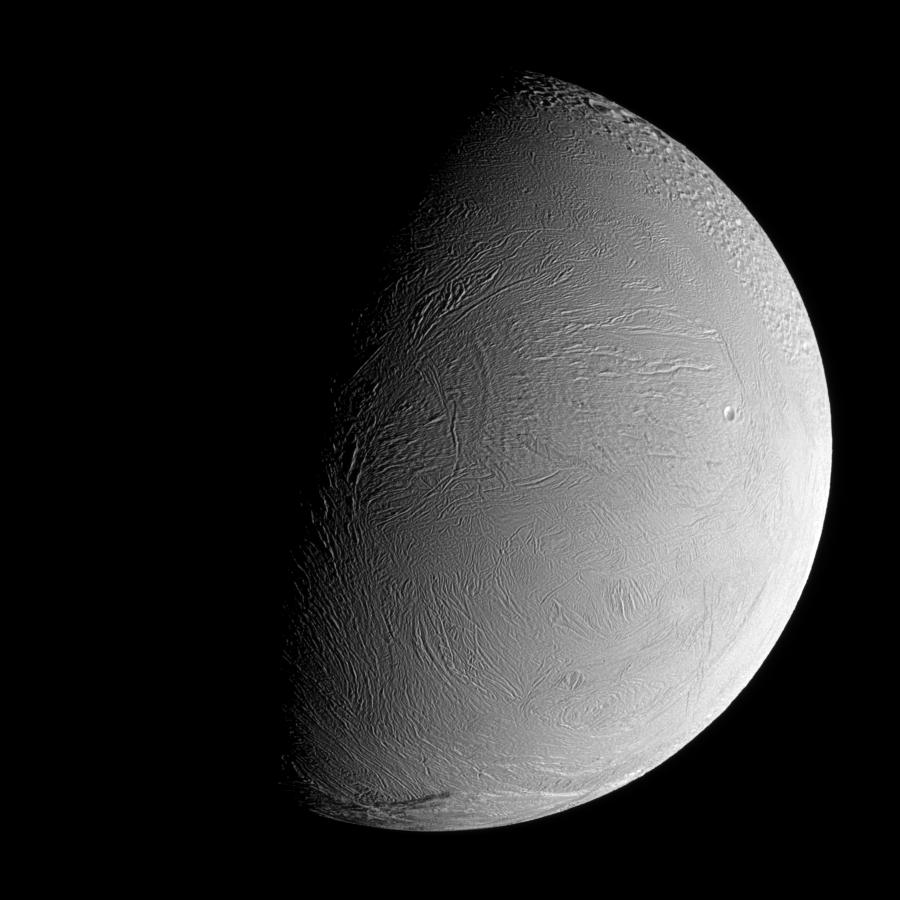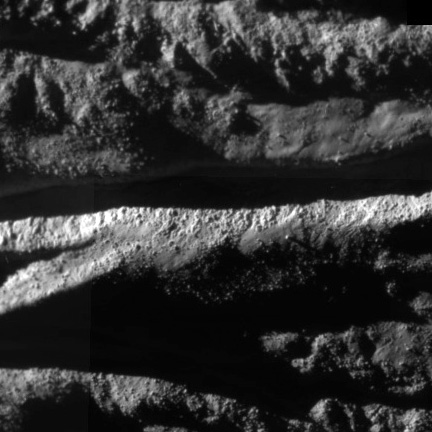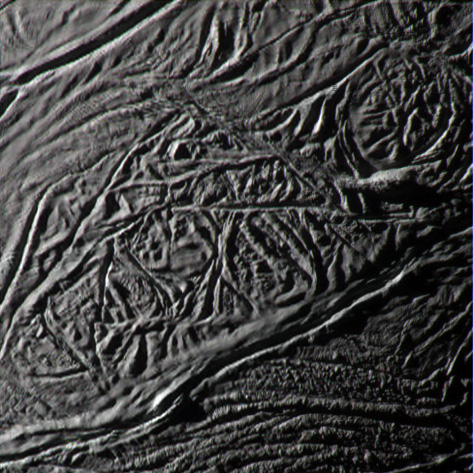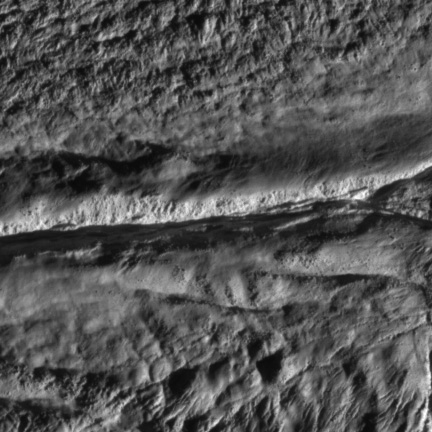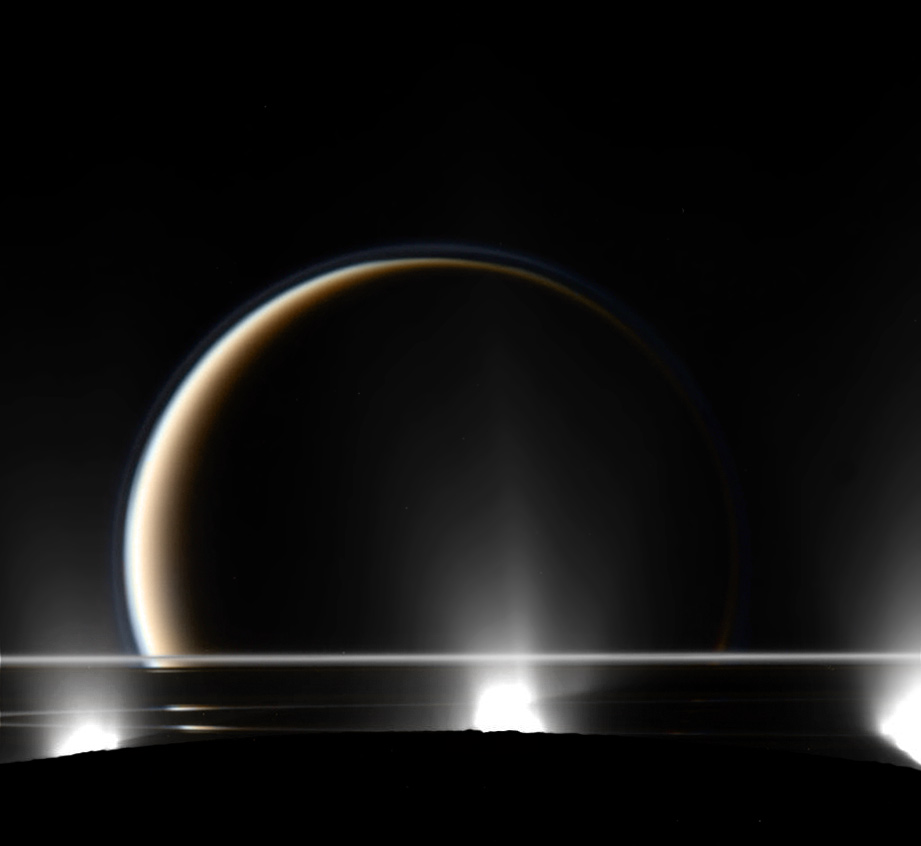 This composite has been kicked around a bunch on unmannedspaceflight.com. Contained within it are two separate images taken by the Cassini mission at nearly the same time but different exposures. Looking at this scene with human eyes, the big difference would likely be that the geysers would not be blown out and would look more like a multiple of gentle hazes spewing upward. The other big difference would be that you were somehow on a mission to Saturn and not browsing the web.
This composite has been kicked around a bunch on unmannedspaceflight.com. Contained within it are two separate images taken by the Cassini mission at nearly the same time but different exposures. Looking at this scene with human eyes, the big difference would likely be that the geysers would not be blown out and would look more like a multiple of gentle hazes spewing upward. The other big difference would be that you were somehow on a mission to Saturn and not browsing the web.
Above are the two original exposures. These were merely combined with a photo editing tool. The geyser haze was blurred in areas to clean out compression artifacts and the color was artistically added by Gordan Ugarkovic. While the color is artificially generated, it does accurately reflect the same overall appearance of most natural light images of Titan.




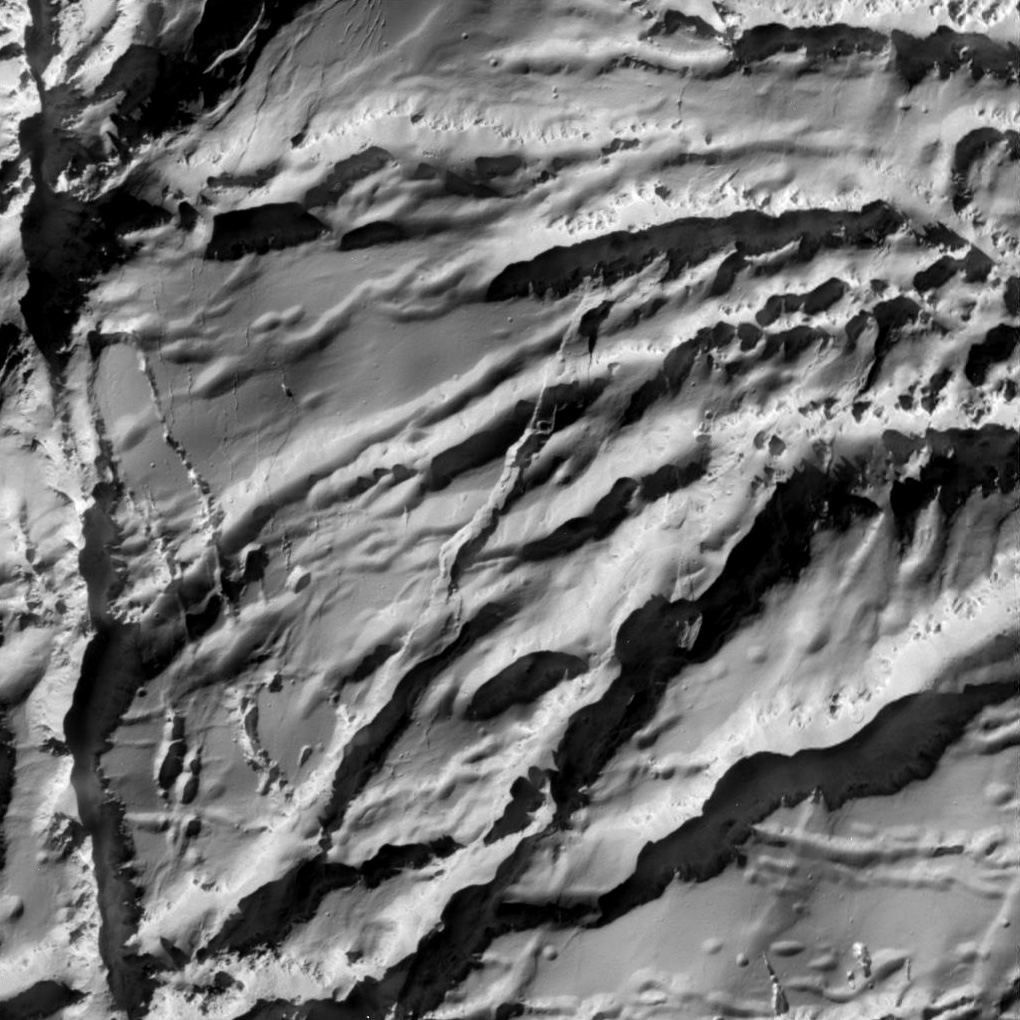



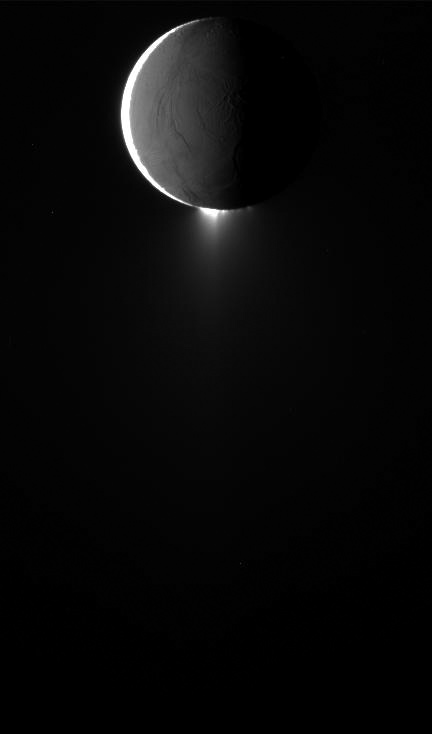
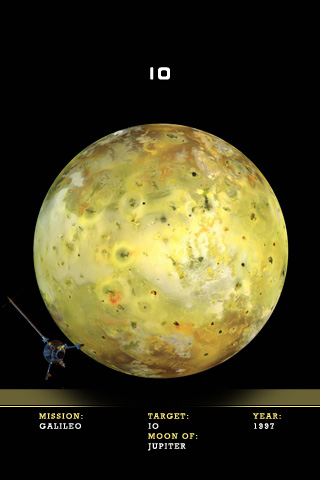

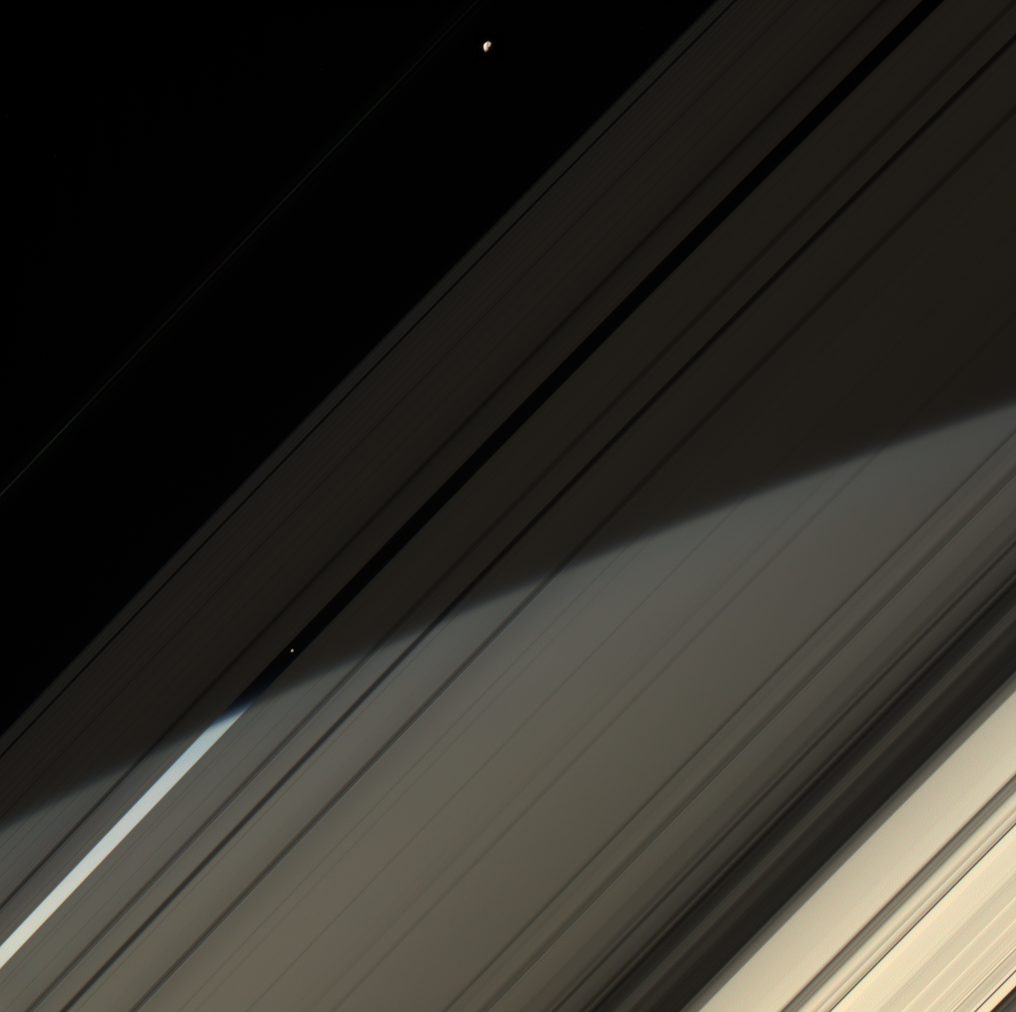






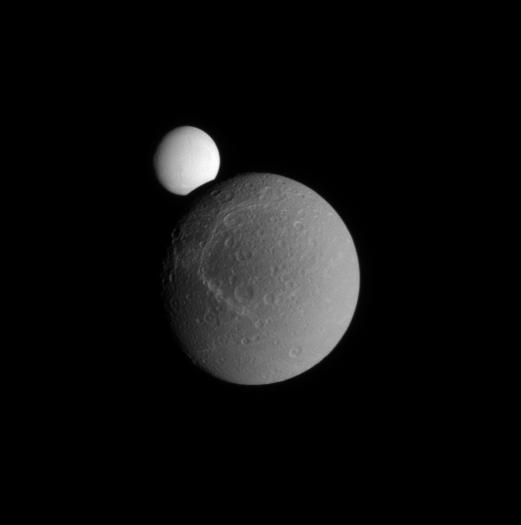


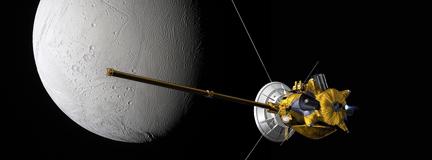 Tomorrow’s Cassini buzz of Enceladus is closer than ever not only at Enceladus, but at any other body in the Saturnian system. It is to come only 25km from the surface. It is to fly deep into the plumes, but this visit is more about smell than vision. Imagery is not expected to be as impressive as August’s pass despite the close proximity due to the spacecraft‘s instruments concentrating on particles and dust analysis and not pretty pictures.
Tomorrow’s Cassini buzz of Enceladus is closer than ever not only at Enceladus, but at any other body in the Saturnian system. It is to come only 25km from the surface. It is to fly deep into the plumes, but this visit is more about smell than vision. Imagery is not expected to be as impressive as August’s pass despite the close proximity due to the spacecraft‘s instruments concentrating on particles and dust analysis and not pretty pictures.